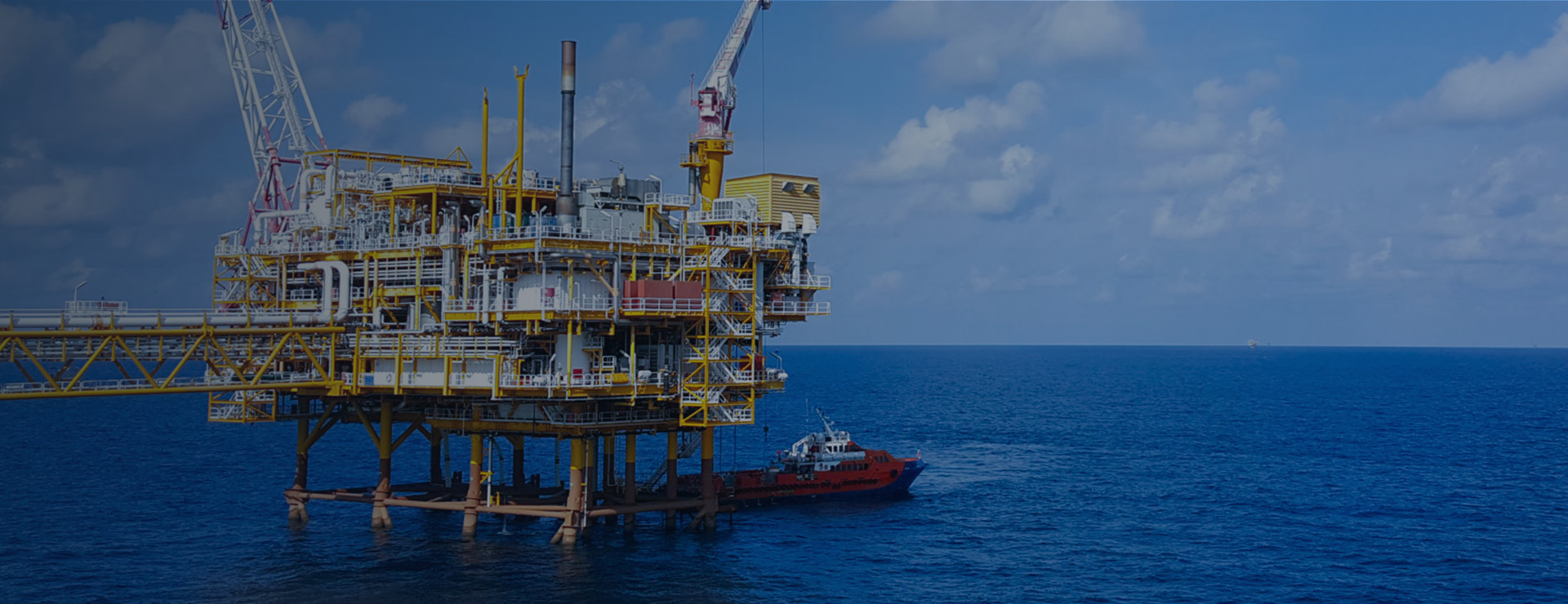
Valves are widely used in the oil extraction industry, playing a crucial role in wellheads, pipelines, refineries, and storage facilities. Simply put, valves act as "switches" and "regulators" in oil pipeline systems, primarily serving functions such as control, isolation, and protection.
In the oil extraction process, different types of valves perform distinct roles:
1. Wellheads use high-pressure gate valves and specialized safety valves capable of withstanding pressures up to tens of thousands of psi to prevent blowouts.
2. Oil pipelines primarily employ full-bore ball valves to facilitate pigging operations.
3. Refineries require high-temperature-resistant gate valves and control valves.
4. Storage tanks are equipped with emergency shutoff valves and breather valves.
Special environments impose unique requirements on valves:
◆ Deep-sea valves must resist corrosion.
◆ Arctic valves need freeze-proof designs.
◆ Valves for shale gas extraction require wear resistance.
Looking ahead, valves are becoming increasingly intelligent, enabling automatic monitoring and remote control, while also improving safety and environmental performance. It can be said that without reliable valve systems, modern oil extraction operations could not function safely and efficiently.